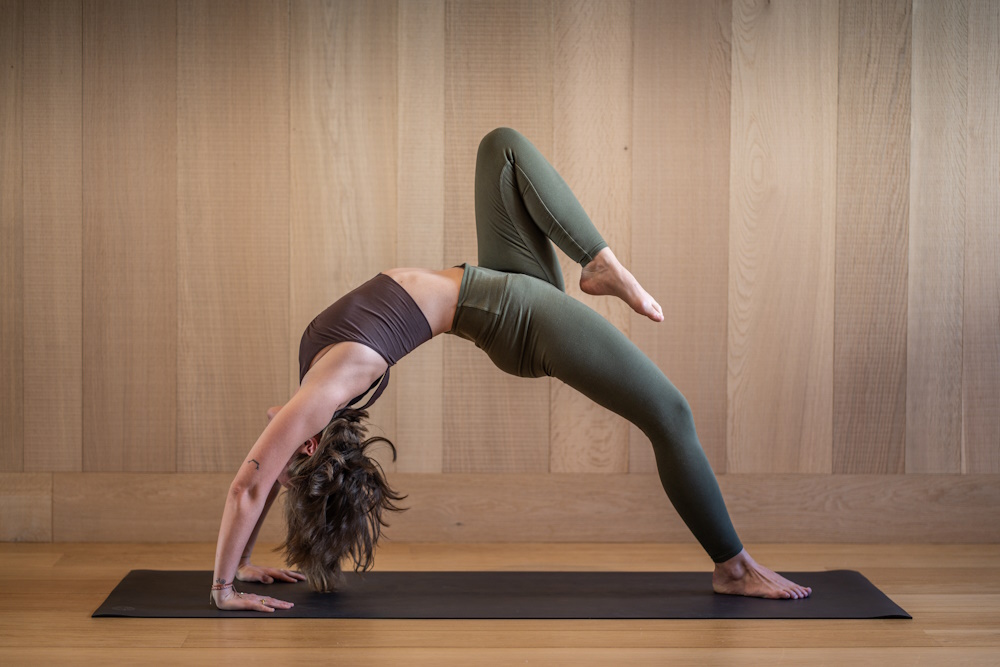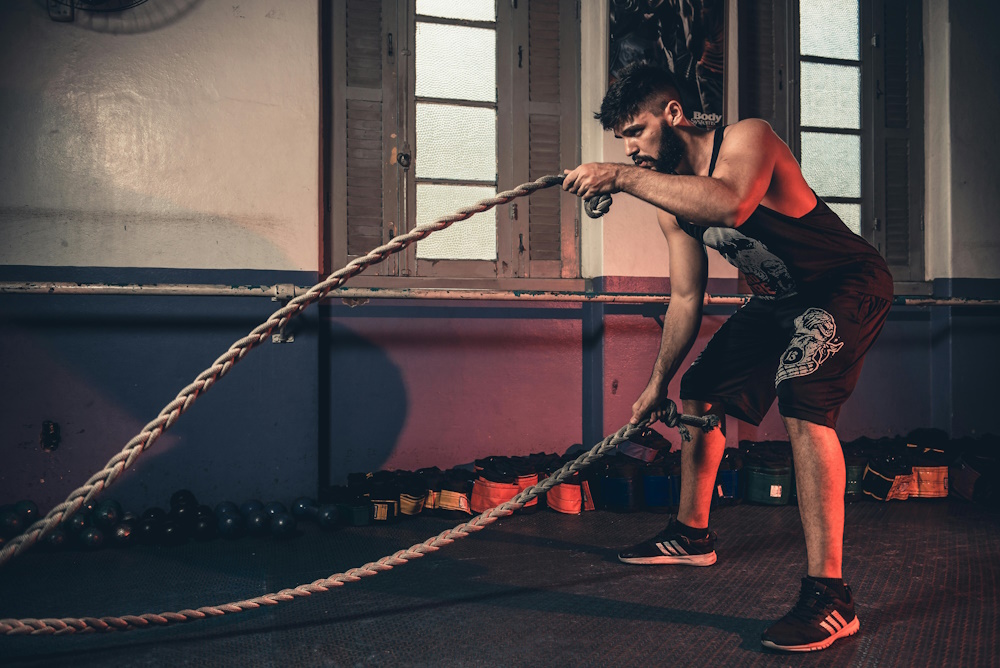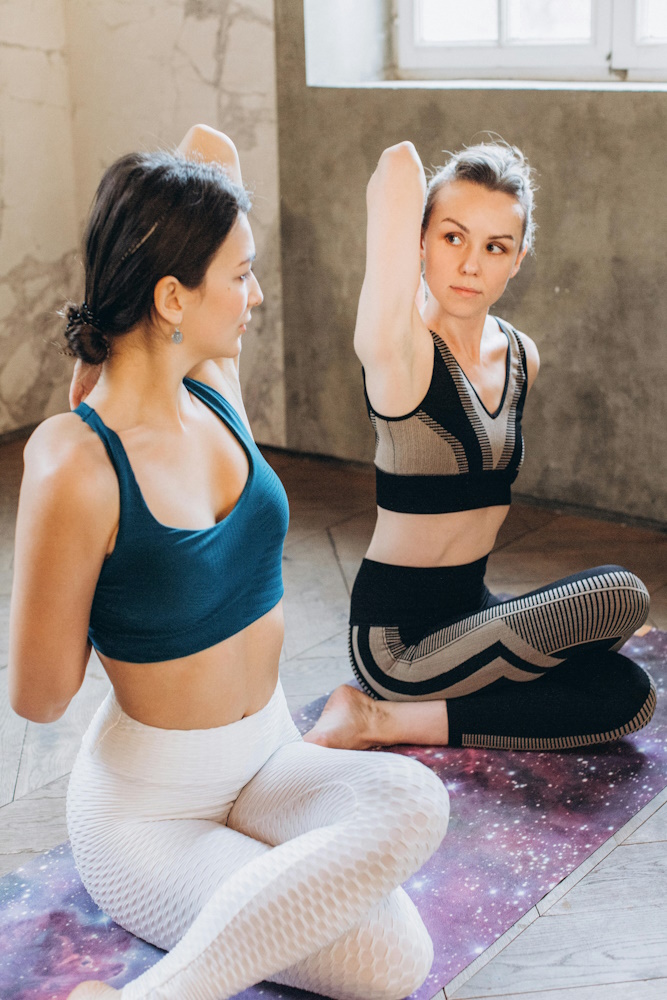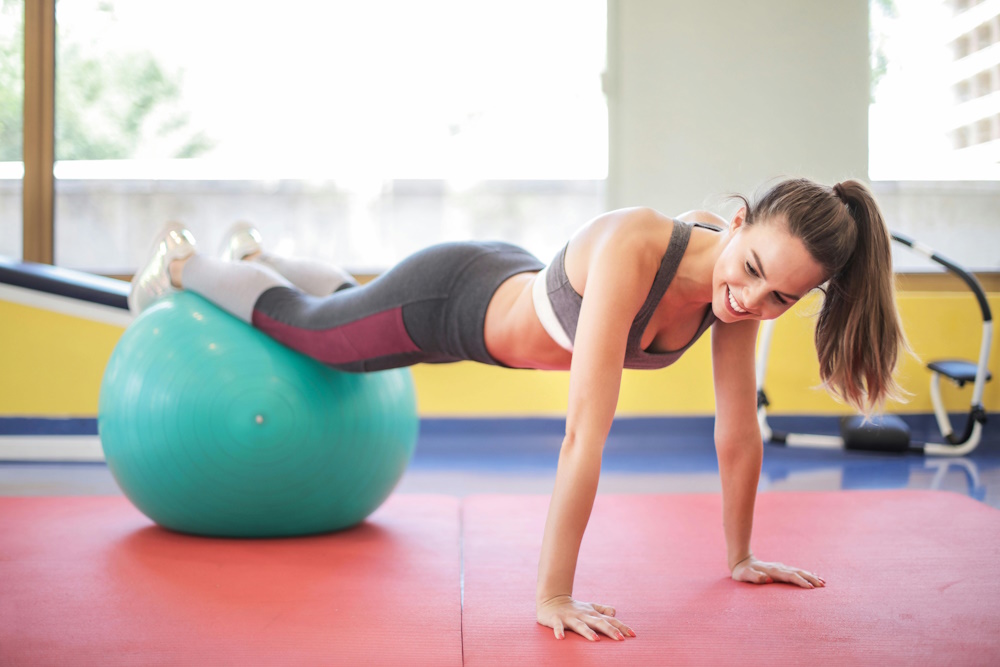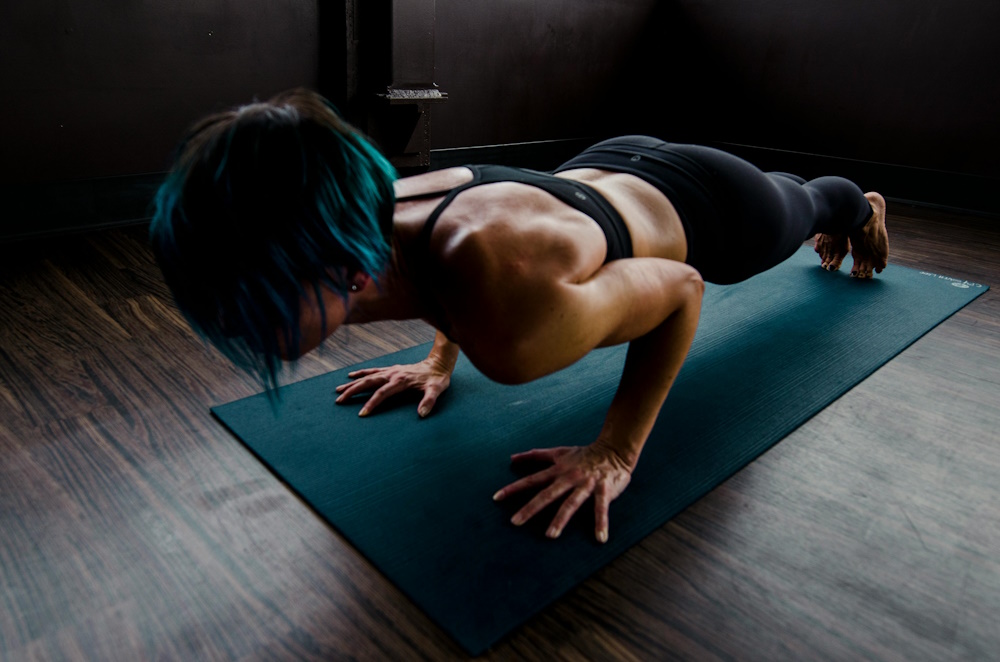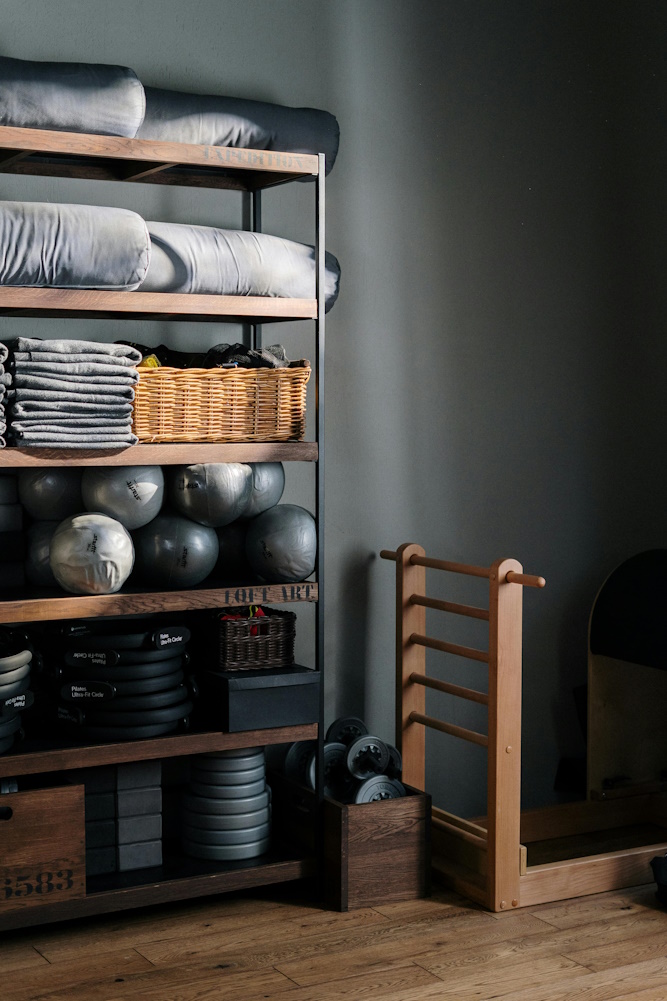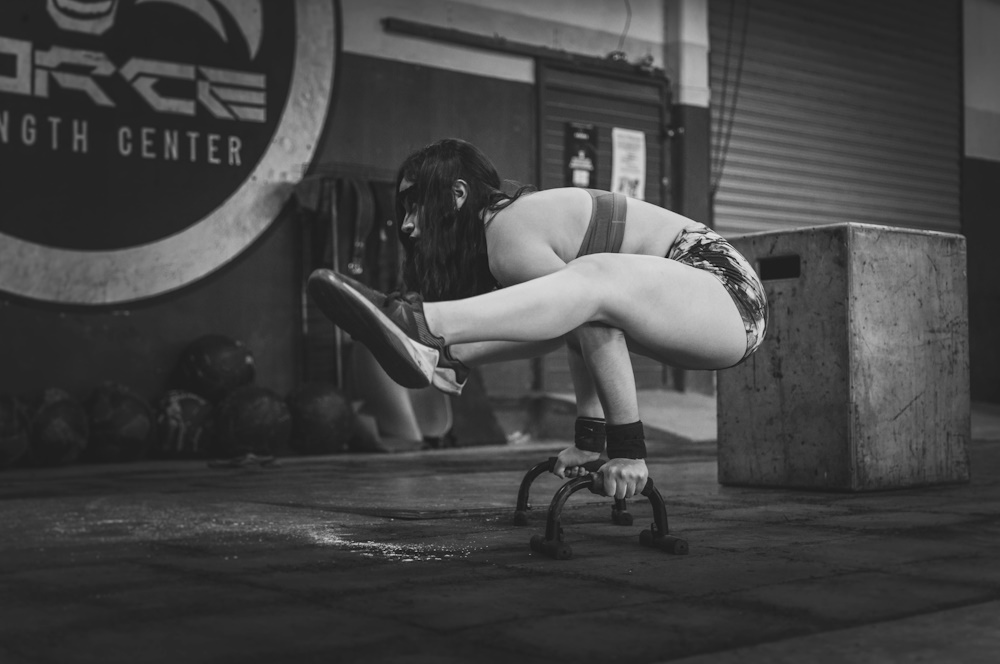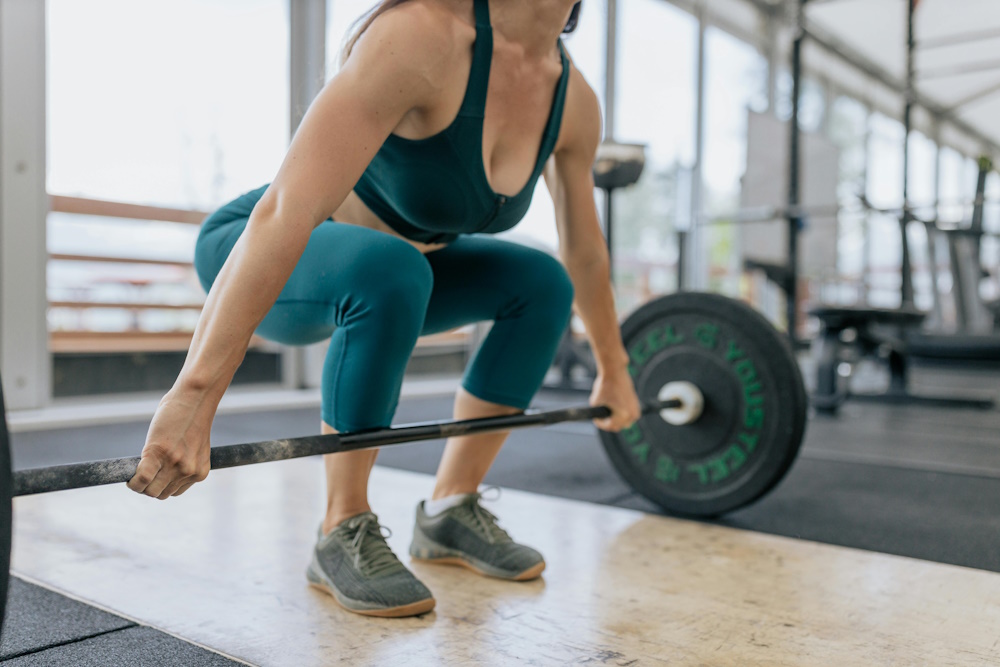Yes, Pilates is an excellent choice for injury recovery. Pilates is a low-impact, controlled form of exercise that focuses on strengthening the core, improving flexibility, and enhancing body awareness. These attributes make it particularly effective in aiding injury recovery for a variety of reasons:
Low Impact: Pilates is gentle on the joints and muscles, making it a suitable option for those recovering from injuries. It reduces the risk of further injury while providing an opportunity to rebuild strength and mobility.
Core Strength: A strong core is crucial for injury recovery, as it supports the entire body and helps maintain proper posture. Pilates places a significant emphasis on core strength, aiding in injury rehabilitation and prevention.
Muscle Imbalances: Injuries often lead to muscle imbalances. Pilates exercises target both large and small muscle groups, helping to restore balance and alignment in the body.
Body Awareness: Pilates promotes body awareness, encouraging individuals to pay attention to their movements and alignment. This mindfulness can prevent reinjury by ensuring that movements are performed with proper form.
Flexibility: Pilates includes stretching exercises that enhance flexibility. Increased flexibility can help individuals regain a full range of motion and reduce the risk of injuries related to stiffness and limited mobility.
Customization: Pilates exercises can be customized to suit individual needs and restrictions. Instructors can adapt exercises to accommodate specific injuries and limitations.
Rehabilitation Focus: Many Pilates instructors are well-versed in injury rehabilitation. They can create targeted rehabilitation programs to address specific injuries and recovery goals.
Does cross training reduce injury?
Cross training, which involves varying your workout routine by incorporating different types of exercises and activities, is a proven strategy to reduce the risk of injury. Here’s why cross training is effective in injury prevention and recovery:
Muscle Balance: Engaging in various activities helps prevent muscle imbalances. Different exercises target different muscle groups, ensuring a more well-rounded approach to fitness.
Overuse Injury Prevention: Repetitive movements in a single activity can lead to overuse injuries. Cross training reduces the risk of overuse injuries by giving specific muscle groups a break from constant strain.
Improved Joint Health: Cross training includes exercises with different impact levels and stress on the joints. This variety can help improve joint health and reduce the risk of joint-related injuries.
Enhanced Strength and Flexibility: Combining different types of exercises can enhance overall strength and flexibility, reducing the likelihood of strains or sprains during physical activities.
Mental Variety: Cross training prevents boredom and mental burnout by introducing variety into your workout routine. A fresh approach to exercise can motivate individuals to stay active and engaged in their fitness journey.
Reduced Risk of Plateaus: The body can adapt to the demands of a single exercise routine, leading to plateaus in progress. Cross training challenges the body in new ways, helping to continuously improve fitness levels and reduce the risk of stagnation.
What is the best exercise for injury recovery?
The best exercise for injury recovery depends on the type and severity of the injury, as well as the individual’s fitness level. However, some exercises and approaches are commonly recommended for injury recovery:
Swimming: Swimming is a low-impact, full-body workout that can be ideal for many types of injuries. The buoyancy of water reduces the strain on the joints while providing a great cardiovascular workout.
Cycling: Cycling is often recommended for lower-body injuries, as it is gentle on the joints and allows for a controlled range of motion. Stationary bikes can be especially useful for rehabilitation.
Pilates: As mentioned earlier, Pilates is a valuable option for injury recovery due to its focus on core strength, flexibility, and controlled movements. It can be customized to address specific injuries.
Yoga: Yoga emphasizes flexibility, balance, and mindfulness. It is suitable for various injuries, provided that the practice is adapted to accommodate any restrictions.
Strength Training: Strength training can aid in the rehabilitation of specific injuries by targeting muscle imbalances and promoting overall strength. It should be done under the guidance of a qualified trainer or physical therapist.
Walking: Walking is a low-impact exercise that can support the rehabilitation of many injuries. It helps maintain mobility, strengthen muscles, and improve overall cardiovascular health.
Is Pilates good for cross training?
Yes, Pilates is an excellent choice for cross training, as it complements a wide range of activities and contributes to overall fitness. Here’s why Pilates is well-suited for cross training:
Core Strength: Pilates places a significant emphasis on core strength, which is fundamental for many other physical activities. A strong core provides stability and power for sports and fitness routines.
Flexibility: Pilates includes stretching exercises that enhance flexibility. Improved flexibility can benefit various activities by enhancing range of motion and reducing the risk of injury.
Injury Prevention: The controlled, low-impact nature of Pilates makes it an injury-preventive exercise. By incorporating Pilates into your cross-training routine, you can build a resilient body less prone to injuries.
Balance and Coordination: Pilates exercises promote balance and coordination, which are valuable in numerous sports and fitness activities.
Mind-Body Connection: Pilates fosters a strong mind-body connection, enhancing mental focus and body control. This can be advantageous in any physical pursuit.
Customization: Pilates exercises can be customized to align with specific cross-training goals and address any limitations or injuries.
In summary, Pilates is a highly effective choice for injury recovery due to its low-impact, controlled nature, and emphasis on core strength, muscle balance, and flexibility. Cross training is a proven strategy for reducing injury risk and enhancing overall fitness by diversifying workouts and targeting different muscle groups. The best exercise for injury recovery depends on the type and severity of the injury, but options such as swimming, cycling, Pilates, yoga, strength training, and walking can be valuable. Pilates is an excellent addition to cross training, as it offers core strength, flexibility, injury prevention, balance, and a strong mind-body connection, making it a versatile and complementary choice for a well-rounded fitness routine.

